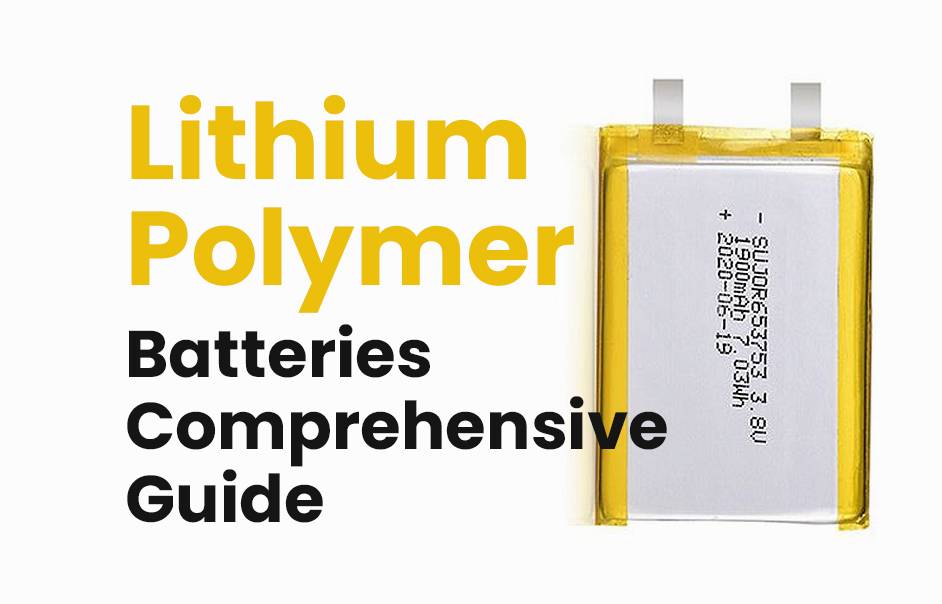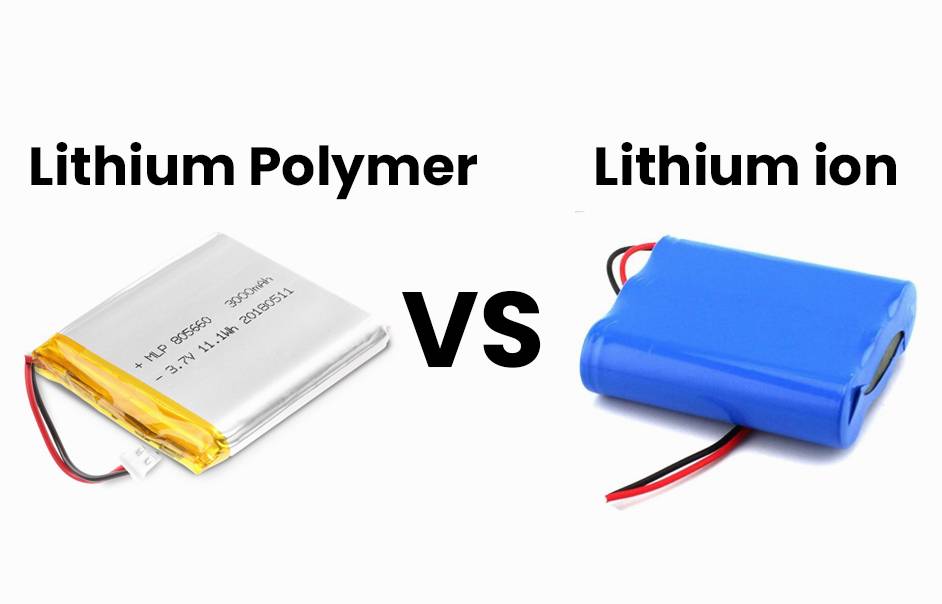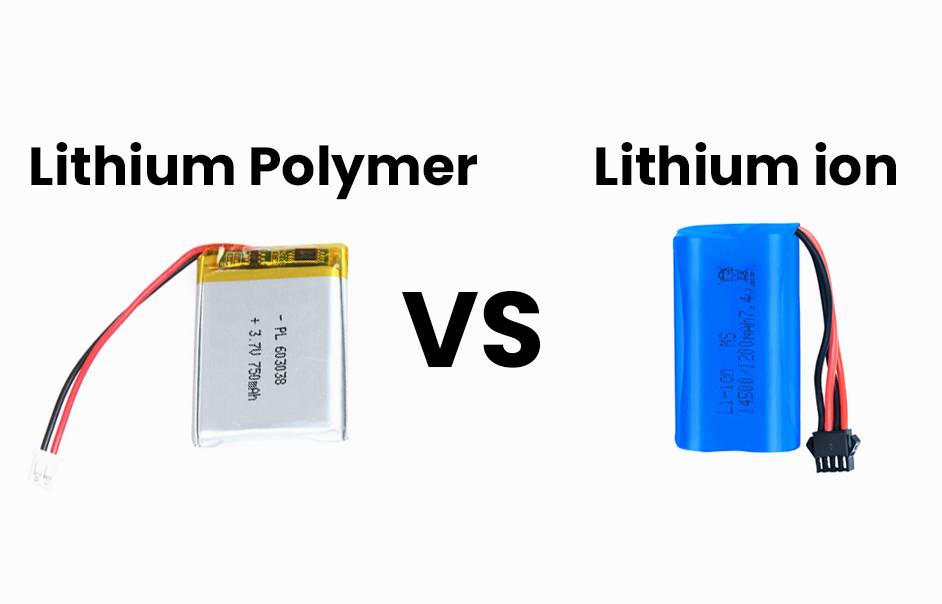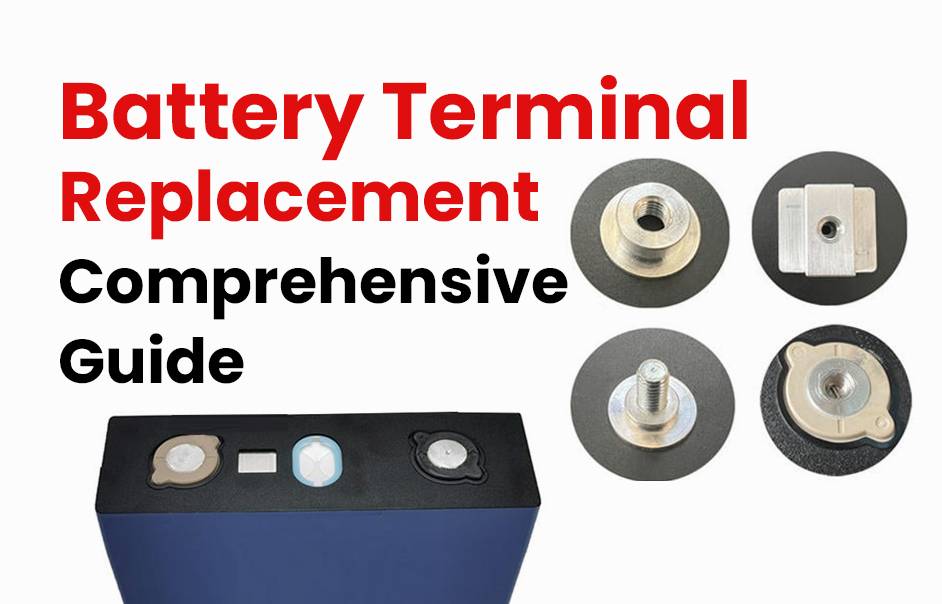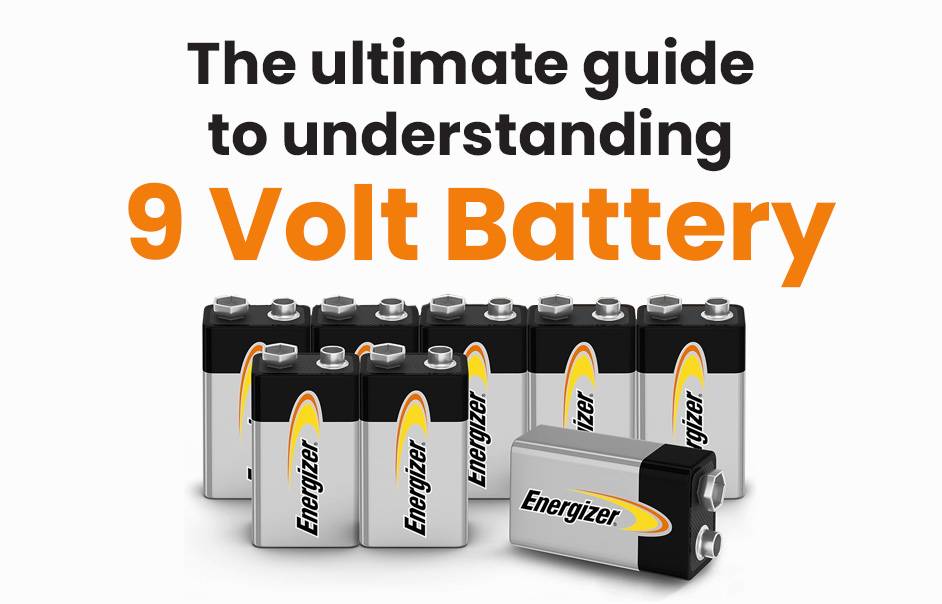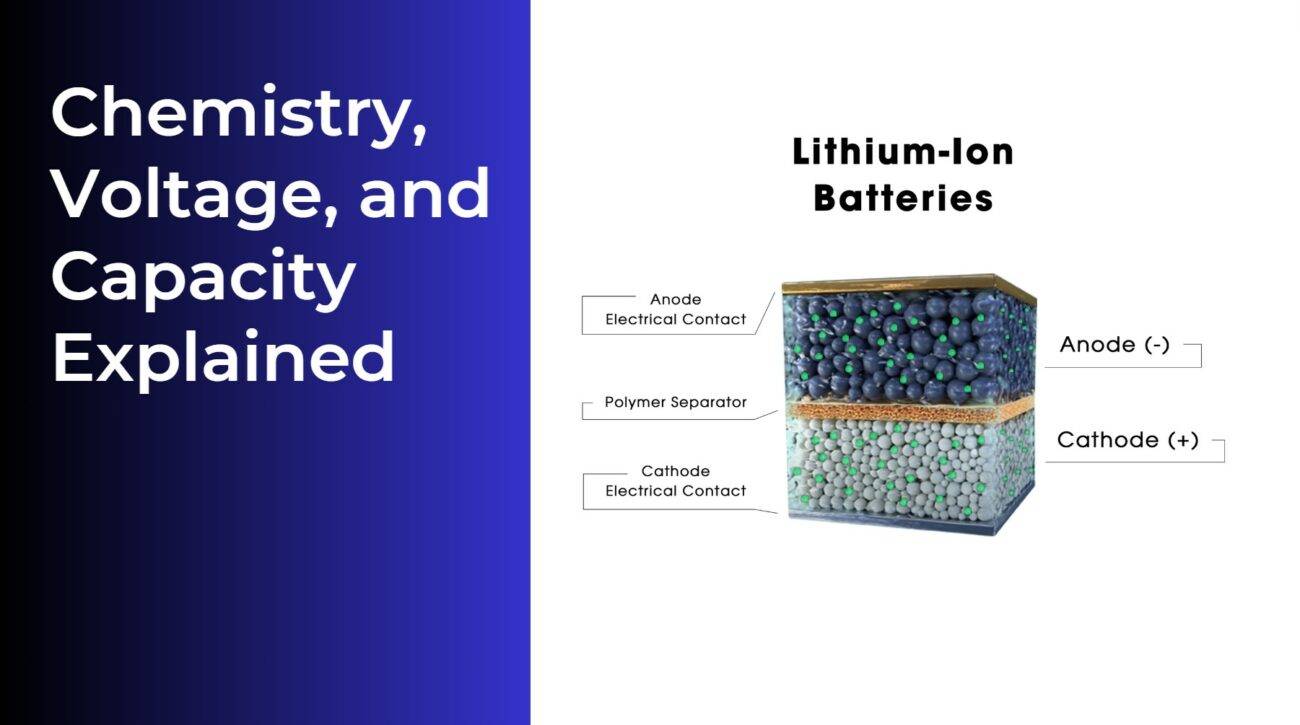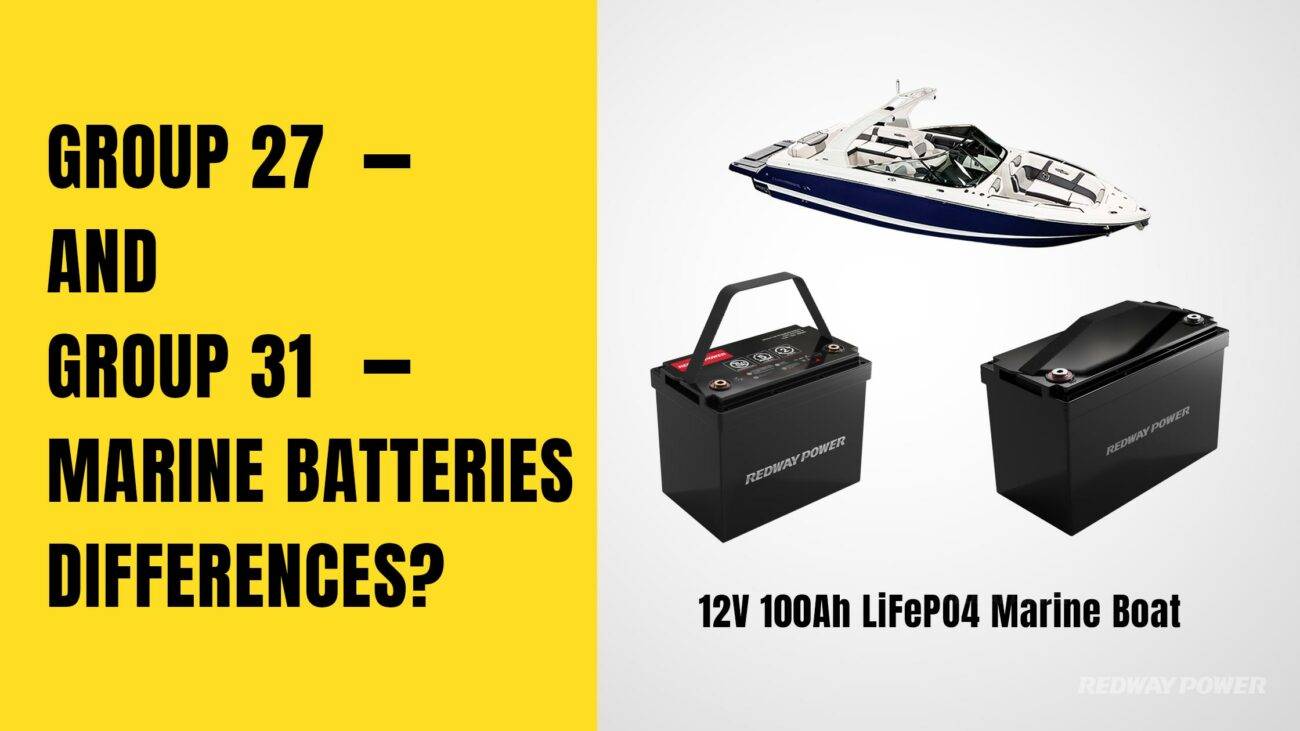- Forklift Lithium Battery
- Golf Cart Lithium Battery
- Rack-mounted Lithium Battery
51.2V 100Ah Rackmount LiFePO4 Battery
8000 times (80% DOD 0.5C)
Optional SNMP for TELECOM - Car Starter Battery
- 12V LiFePO4 Battery
12V 150Ah Lithium RV Battery
Bluetooth App | Self-heating
LiFePO4 | Group 31
UL 1642 | IEC 62619 - 24V LiFePO4 Battery
- 36V LiFePO4 Battery
- 48V LiFePO4 Battery
- 60V LiFePO4 Battery
60V 100Ah Lithium Battery (AGV, AMR, LGV)
Peak Discharge Current 400A
500 x 298 x 349 mm - 72V~96V LiFePO4 Battery
72V 100Ah Lithium Golf Cart Battery
Peak Discharge Current 315A (10S)
740 × 320 × 246 mm - Wall-mounted Lithium Battery
51.2V 100Ah 5kWh
Wall-mounted Battery532 x 425 x 170 mm / LiFePO4
>8000 Cycles (80% DOD 0.5C)
RS485 / CAN-bus
for Solar Home ESS - Home-ESS All-in-One
51.2V 32kWh
All-in-On HESS SystemPowerAll
51.2V / LiFePO4
>8000 Cycles (80% DOD 0.5C)
RS485 / CAN-bus / WiFi
All-in-One for Home ESS
Group 24 vs Group 27 marine battery, what are the differences?

Group 24 and Group 27 marine batteries differ primarily in size, capacity, and power output, influencing their suitability for different boat sizes and applications. Group 24 batteries are more compact and lightweight, ideal for smaller boats and auxiliary power. Group 27 batteries offer greater capacity and power, suited for larger vessels and demanding marine uses requiring longer run times and higher cranking amps.
What Defines a Group 24 Marine Battery?
A Group 24 marine battery is a standardized battery size measuring approximately 10.25 to 10.5 inches in length, 6.5 to 6.8 inches in width, and 8.8 to 9.3 inches in height. It is compact, often weighing between 40 to 50 pounds depending on chemistry. Group 24 batteries provide moderate power and capacity, making them well-suited for small to medium-sized boats, trolling motors, and auxiliary power needs.
What Defines a Group 27 Marine Battery?
Group 27 marine batteries are larger and heavier, measuring roughly 12.0 to 12.5 inches in length, about 6.8 inches in width, and 8.8 to 9.4 inches in height. They generally weigh 50 to 60 pounds or more. These batteries offer higher amp hours and greater cranking power, ideal for larger boats, heavy-duty trolling motors, and deep-cycle applications demanding extended run times and robust starting power.
Chart: Size Comparison of Group 24 vs Group 27 Marine Batteries
| Battery Group | Length (inches) | Width (inches) | Height (inches) | Weight (lbs) |
|---|---|---|---|---|
| Group 24 | 10.25 – 10.5 | 6.5 – 6.8 | 8.8 – 9.3 | 40 – 50 |
| Group 27 | 12.0 – 12.5 | 6.8 | 8.8 – 9.4 | 50 – 60+ |
How Do the Sizes and Dimensions of Group 24 and Group 27 Batteries Differ?
Group 27 batteries are noticeably longer than Group 24, while width and height remain similar. This length difference affects battery compartment fitment and installation feasibility. Group 24 batteries offer more compactness for tight spaces, whereas Group 27’s larger size accommodates higher energy capacity and power delivery. Most battery compartments designed for Group 27 will fit Group 24, but Group 24 compartments typically cannot accommodate the longer Group 27.
How Do the Capacity and Power Output Compare Between Group 24 and Group 27 Batteries?
Group 27 batteries provide higher amp-hour (Ah) ratings and cold cranking amps (CCA) than Group 24. For example, a typical Group 24 battery may offer around 70-85 Ah and 700-800 CCA, while Group 27 batteries deliver 85-100+ Ah and 800-900+ CCA. This translates to longer run times powering trolling motors or onboard electronics and more robust engine starting performance with Group 27.
What Chemistry Types Are Available for Group 24 and Group 27 Batteries?
Both Group 24 and Group 27 marine batteries come in several chemistries:
- Flooded Lead Acid (FLA): Traditional, cost-effective but requires maintenance.
- Absorbent Glass Mat (AGM): Maintenance-free, spill-proof, more vibration resistant.
- Gel Cell: Sealed, good for deep-cycle but more sensitive to charging conditions.
- Lithium-Ion: Lightweight, longer lifespan, high efficiency, but higher upfront cost.
Redway Power specializes in lithium battery OEM production, offering high-performance options for both Group 24 and 27 sizes, combining durability, lighter weight, and advanced battery management systems.
What Are the Common Uses for Group 24 vs Group 27 Marine Batteries?
- Group 24: Smaller boats, kayaks, auxiliary power for navigation or electronics, light trolling motors, and compact installations where size and weight are priorities.
- Group 27: Larger boats, offshore vessels, trolling motors requiring extended run time, starting larger engines, and applications demanding higher energy reserves and longer battery life.
How Does Battery Weight Impact Installation and Marine Performance?
Battery weight influences handling, ease of installation, and the boat’s weight distribution. Group 27 batteries, being heavier, may require sturdier mounting hardware and reinforce battery holders. Excessive weight can affect boat trim and fuel efficiency. Lightweight lithium variants from Redway Power offer significant weight reduction (up to 50% lighter) compared to traditional lead-acid, improving handling and performance.
Can You Substitute a Group 24 Battery for a Group 27, or Vice Versa?
While some Group 24 and Group 27 batteries can be physically interchanged if space allows, this depends on size compatibility and power needs. Installing a Group 27 in place of a Group 24 usually requires more space and weight tolerance, whereas using a Group 24 instead of Group 27 may result in insufficient power and reduced runtime. Always verify compartment dimensions, terminal position, and power requirements before substitution.
What Factors Should Guide Your Choice Between Group 24 and Group 27 Batteries?
Consider these factors:
- Available space in battery compartment.
- Power and energy storage requirements (engine size, electronics load).
- Budget constraints.
- Weight tolerance and handling preferences.
- Desired battery life and maintenance level.
- Chemistry preference (lead acid vs lithium).
For example, Redway Power recommends Group 24 lithium batteries for compact installations and Group 27 lithium batteries when longer runtime and higher power are critical.
What Advantages Do Lithium Batteries Offer in the Group 24 and Group 27 Categories?
Lithium batteries in both groups provide:
- Higher energy density and lighter weight.
- Longer cycle life (up to 10 times more cycles than lead acid).
- Faster charging times and better low-temperature performance.
- Maintenance-free operation with no risk of acid leaks.
- Advanced battery management systems (BMS) for safety and optimal charging.
Redway Power’s lithium offerings in Group 24 and 27 sizes feature IP67 waterproof ratings, Bluetooth monitoring, and OTA updates, setting industry standards for marine power solutions.
Redway Power Expert Views
“Choosing the right marine battery size and chemistry is pivotal for boaters seeking optimal performance and reliability,” explains a Redway Power marine battery expert. “Our Group 24 and Group 27 lithium batteries merge compact design, superior capacity, and technological sophistication, addressing the evolving needs of marine applications—from small recreational boats to larger vessels requiring robust power sources. Redway Power is committed to delivering OEM battery solutions that enhance marine safety and operational efficiency.”
Conclusion
Group 24 and Group 27 marine batteries serve distinct niches defined by size, capacity, and application needs. Group 24 batteries excel in compactness and moderate power, fitting smaller boats and auxiliary needs. Group 27 batteries offer increased capacity and cranking power for larger boats and intensive marine use. Advancements in lithium technology, championed by companies like Redway Power, provide superior alternatives with longer life, lighter weight, and greater reliability. Understanding these differences ensures appropriate battery choice, maximizing marine performance and safety.
FAQs
Q: Are Group 24 and Group 27 batteries interchangeable?
A: They can be interchangeable if physical space and terminal configuration permit, but power requirements and battery specs must also match to avoid underperformance.
Q: How much longer does a Group 27 battery last compared to Group 24?
A: Group 27 batteries typically offer 20-30% more amp hours and longer run times, depending on usage and chemistry.
Q: Can Redway Power lithium batteries replace traditional lead-acid Group 24 or 27 batteries?
A: Yes, Redway Power lithium batteries are drop-in replacements offering enhanced performance, lighter weight, and longer lifespan.
Q: Does battery weight significantly affect small boat performance?
A: Yes, heavier batteries can affect boat balance and fuel efficiency; lightweight lithium batteries mitigate this issue.
Q: What maintenance do Group 24 and Group 27 batteries require?
A: Lead-acid batteries require periodic water topping and cleaning; AGM and lithium batteries from Redway Power are maintenance-free.

















